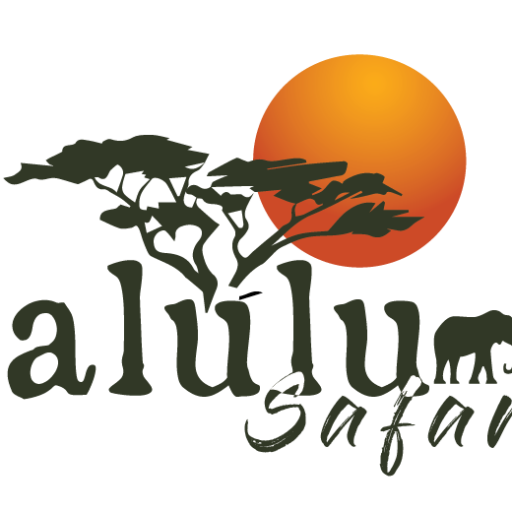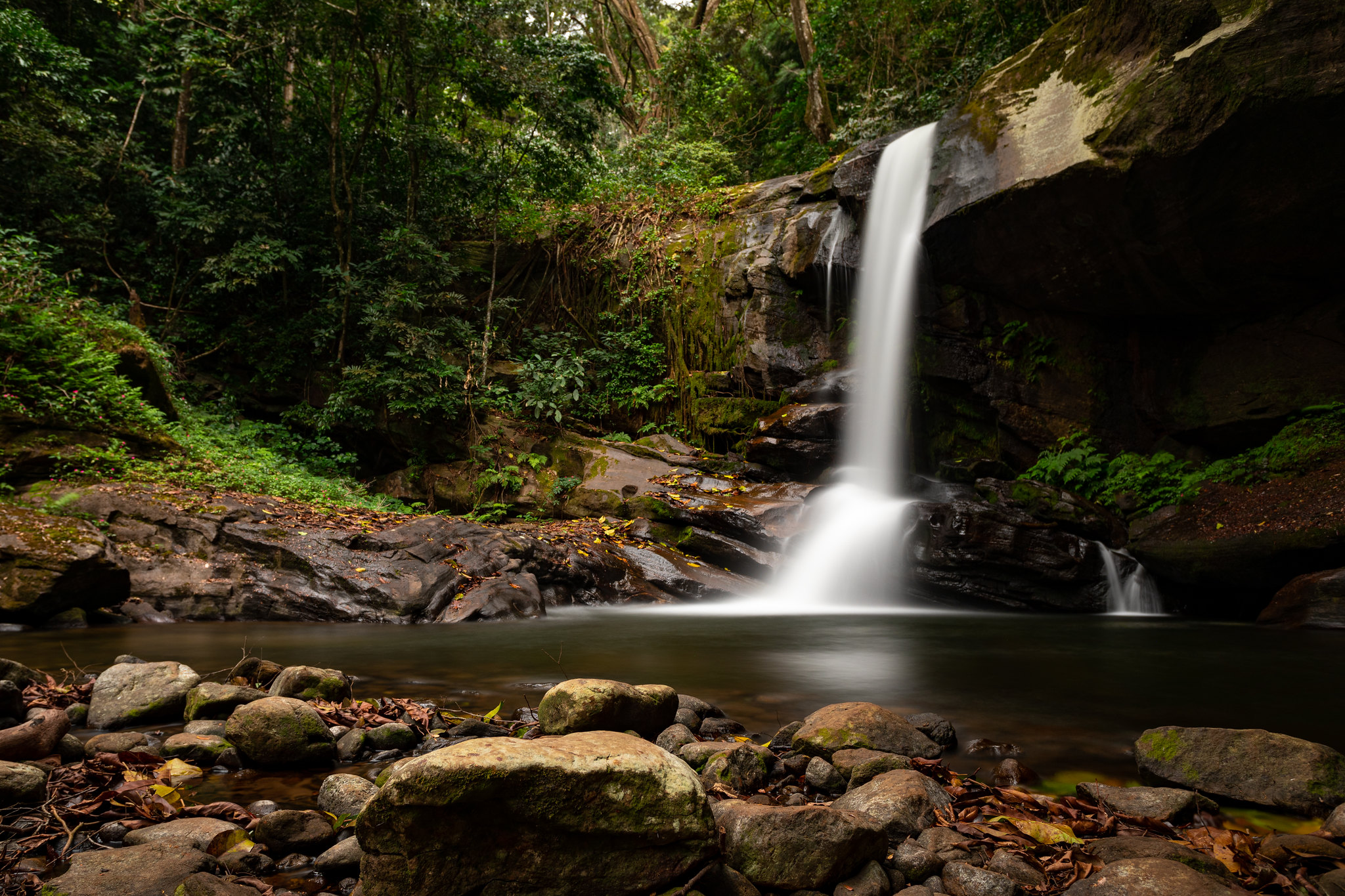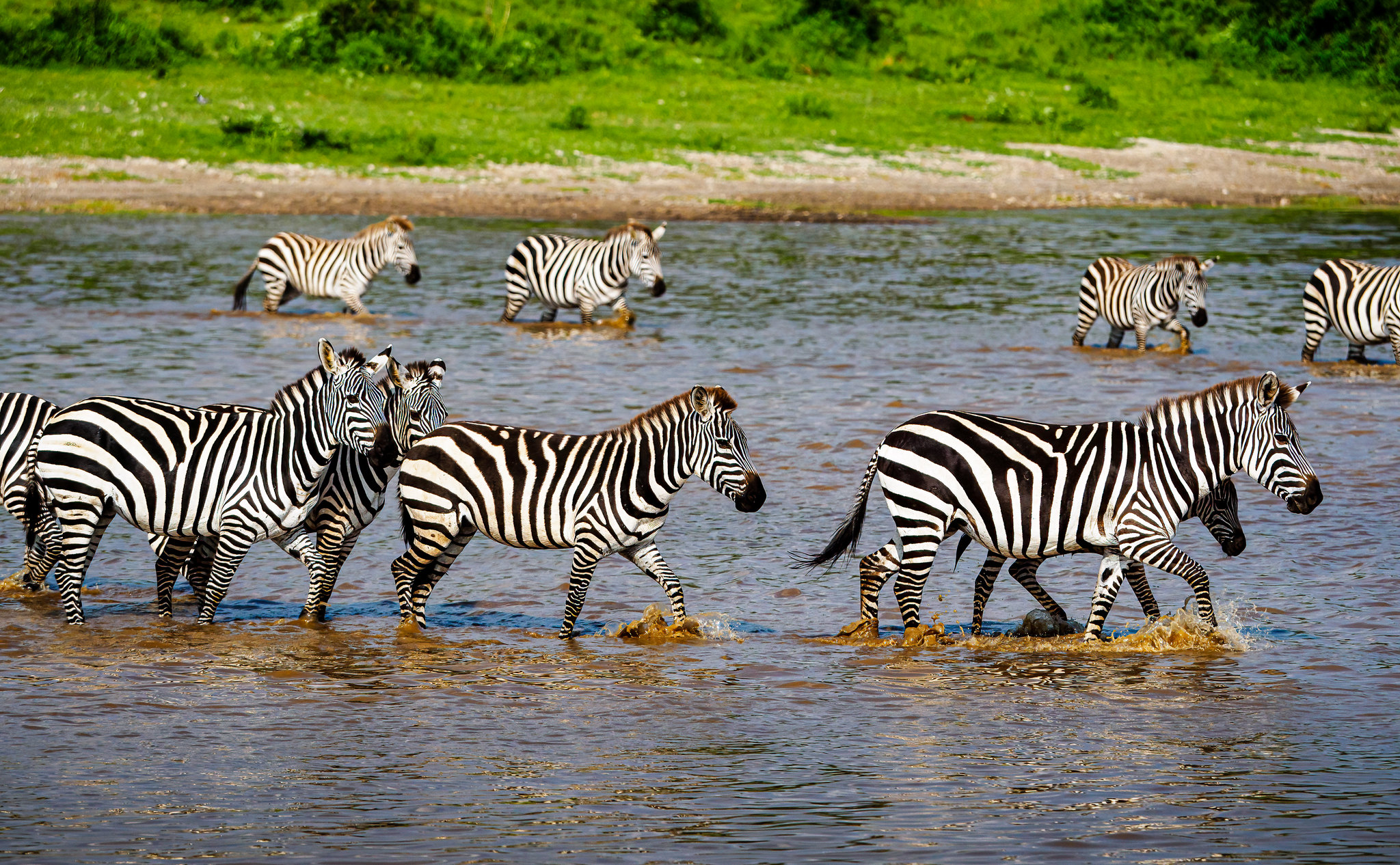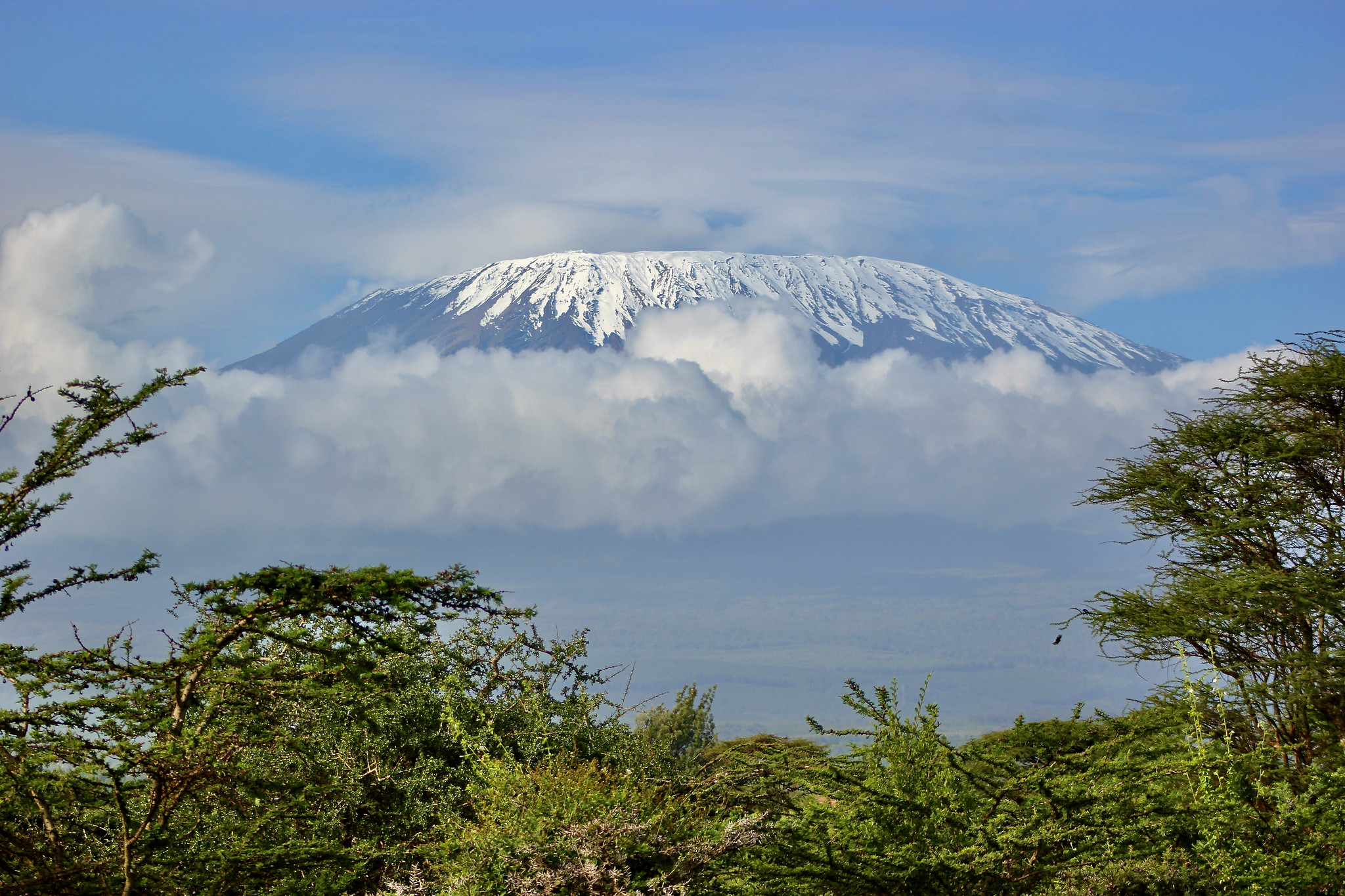In 1959, the Ngorongoro Conservation Area (NCA) was established. It is 156 kilometers to the west of Arusha. Ngorongoro has an area of 8,300 square kilometers. Ngorongoro Conservation Area (NCA) is Africa’s richest combination of mountain landscapes formed by rifts and volcanoes, wildlife, and archaeological sites. The concept of multiple land use is a departure from the traditional approach (National Parks & Game Reserves) of viewing conservation as the absence of all human interference.
In a natural, traditional context, the NCA is one of the first programs in the world to experiment with multiple land use for the benefit of Maasai people and wildlife. NCA is frequently referred to as the “African Eden” and the “Eighth Natural Wonder of the World.” Traditional African pastoralists collaborate with Tanzania’s government entities to preserve the area’s natural resources and ensure that tourists have an unforgettable experience. UNESCO has designated Ngorongoro as both a World Heritage Site and an International Biosphere Reserve due to its exceptional biodiversity and cultural significance.
Ngorongoro Crater
The caldera that makes up Ngorongoro is the world’s largest that has not been split up. This natural amphitheater has a surface area of 250 square kilometers and is 23 kilometers wide. It is also known as a collapsed volcano. At an elevation of 2,286 meters above sea level, the crater has walls that are extremely precipitous and has an average depth of 600 meters. Just the crater itself is home to about 20,000 large animals, with zebra and wildebeest making up over half of that number. Some of Tanzania’s last remaining black rhinos are included in this group. The animals are free to leave or enter the crater at any time, but the vast majority of them do so because the floor of the crater provides an abundant supply of both water and food throughout the year. Giraffes are absent from the crater because they are unable to easily scale the steep sides and are therefore unable to live there.
Ngorongoro is home to the “Big Five” animals.
The lion, the rhinoceros, the leopard, the elephant, and the Cape buffalo are referred to collectively as “Africa’s Big Five.” All of these creatures can be observed within the Ngorongoro Conservation Area, which includes the crater, and are kept safe as a result of the efforts that have been made in Tanzania to conserve the country’s diverse biodiversity.




